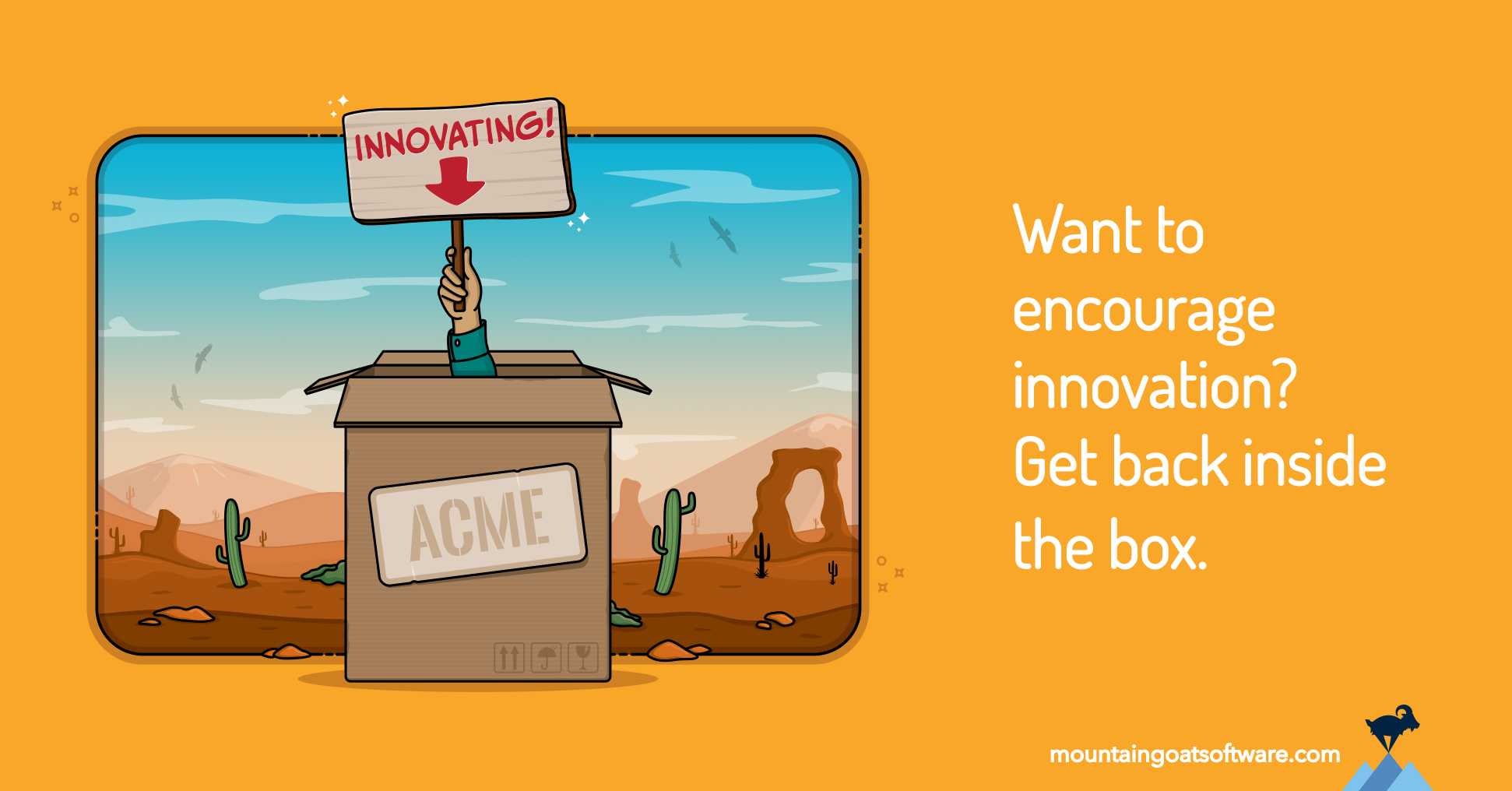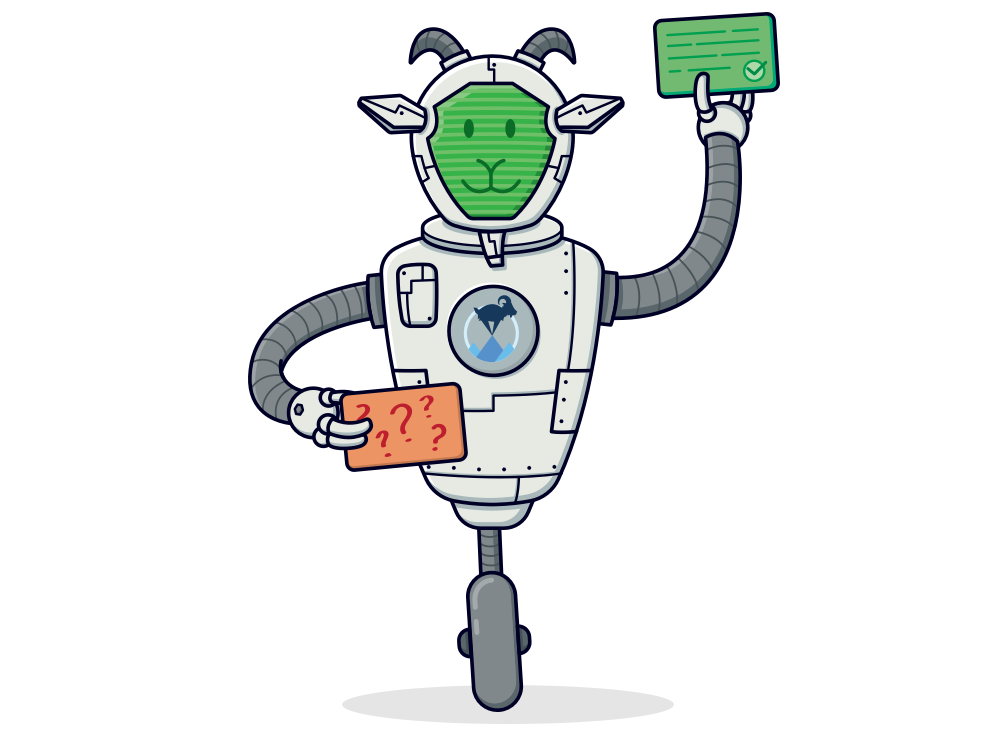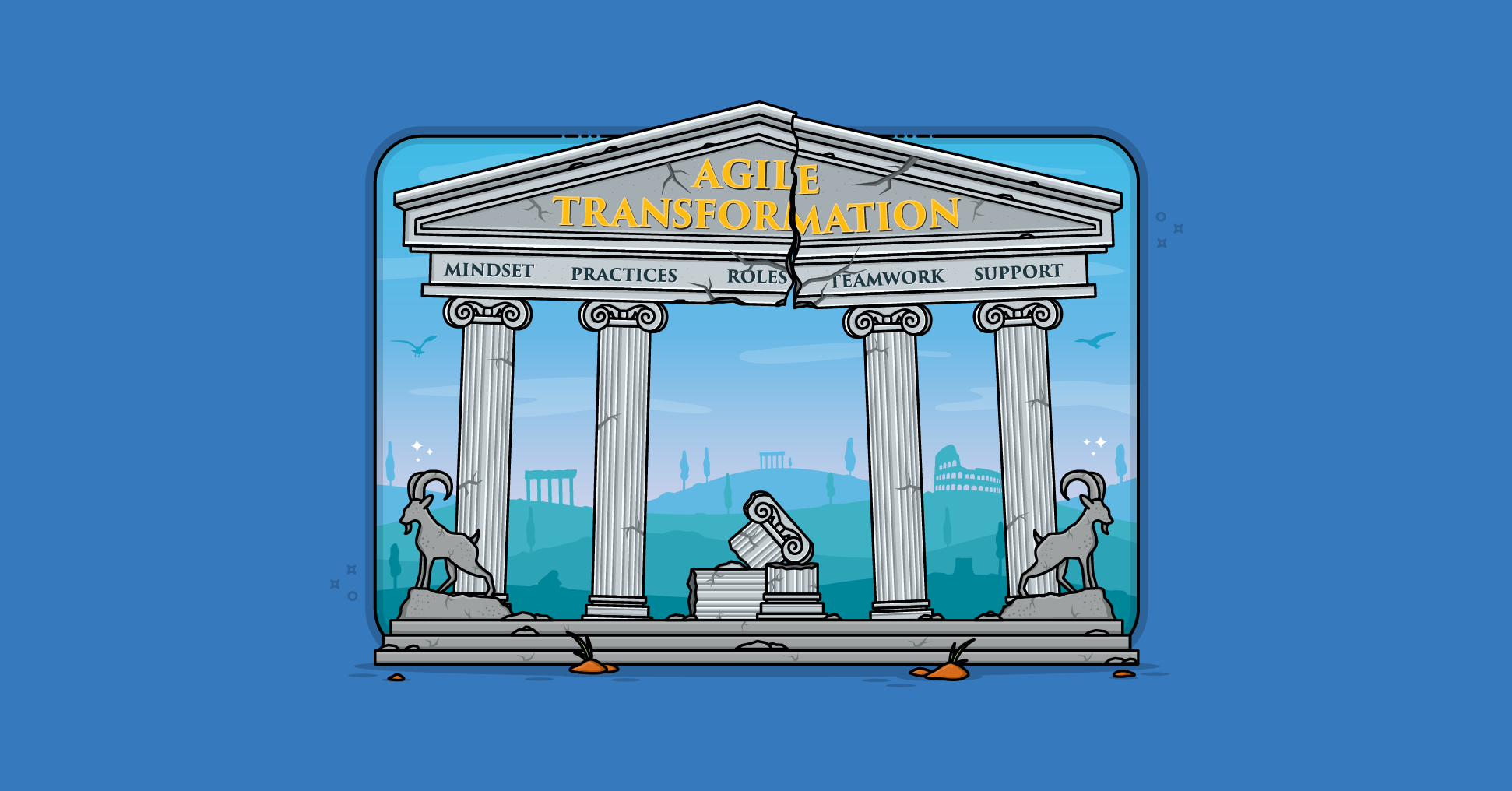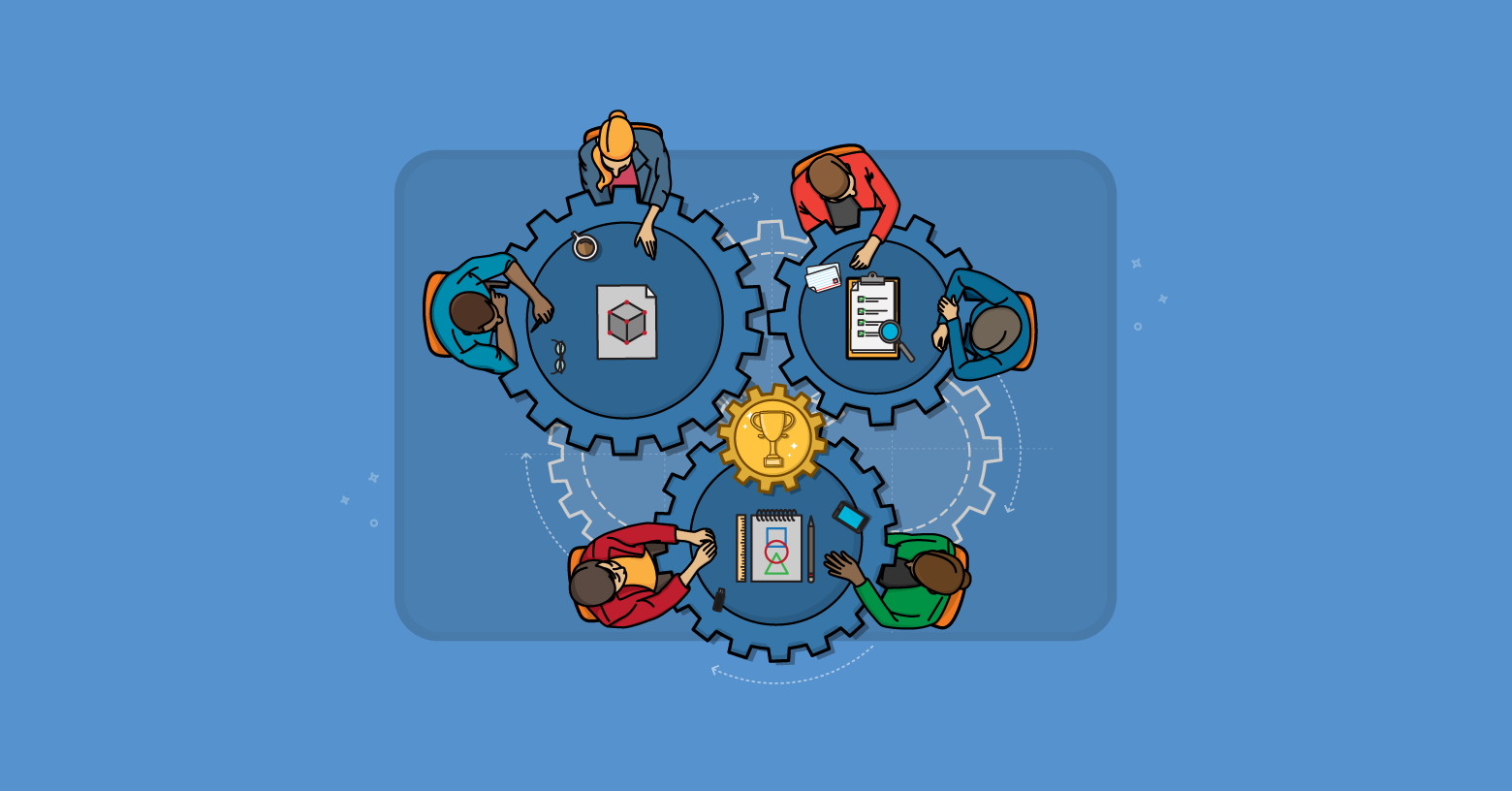I’m the first to say that established agile teams sometimes find approaches that work for them outside the rules of Scrum. But I also believe there is value to be found in teams thinking and working inside the Scrum "box".
Why? Because frameworks (e.g., Scrum) enhance creativity. Want proof? The video below uses William Shakespeare, the TV show Friends, and the Wile E. Coyote cartoons as examples of how frameworks boost creativity. I’ve included the text as well if you prefer to read instead.
Shakespeare and the Sonnet Framework
In addition to all his plays, William Shakespeare wrote 154 sonnets. Each sonnet had to follow a strict rhyming scheme. The first and third lines need to rhyme, so do the second and fourth lines.
Shakespeare's most famous is Sonnet 18. You've almost certainly heard at least the opening line, "Shall I compare thee to a summer's day." That needs to rhyme with line 3: "Rough winds do shake the darling buds of May."
This pattern of rhyming alternating lines repeats for three sets of four lines. After that the last two lines have to rhyme, without a line between them.
A poet like Shakespeare has to work within this framework. The constraints of a sonnet forces poets to get creative and find rhymes that help say what they want to say.
Friends and the 3-Act Framework
Each episode of Friends followed a structure. That framework constrained each episode of Friends to be told in three acts. Act 1 establishes the main characters and their goals. Act 2 raises the stakes for the main characters. The conflict escalates. And then in Act 3, the story is resolved.
Think about the episode in which Chandler and Joey fight over who gets to sit in the comfy chair. Act 1 introduces that situation. In Act 2, they become increasingly and ridiculously stubborn about who gets to sit in the comfy chair. Finally, the situation is resolved when Joey gets out of the comfy chair.
Essentially all TV shows, movies, plays, novels, comic books, and more follow the same story-telling framework and its constraints.
The 9 Rules of the Wile E. Coyote Framework
My favorite framework involves Wiley Coyote. Chuck Jones, the creator of the cartoon, established 9 rules he forced himself to follow with each episode:
- The road runner cannot harm the coyote except by going “beep beep!”
- No outside force can harm the coyote-—only his own ineptitude or the failure of the Acme products.
- The coyote could stop anytime-—if he were not a fanatic. (repeat: “a fanatic is one who redoubles his effort when he has forgotten his aim.” —-George Santayana)
- No dialogue ever, except “beep beep!”
- The road runner must stay on the road—otherwise, logically, he would not be called road runner.
- All action must be confined to the natural environment of the two characters—the southwest American desert.
- All materials, tools, weapons, or mechanical conveniences must be obtained from the Acme Corporation.
- Whenever possible, make gravity the coyote’s greatest enemy.
- The coyote is always more humiliated than harmed by his failures.
Watching just the first :50 of this compilation video demonstrates almost all of those rules.
By forcing these constraints on himself, Jones created an enduring masterpiece of cartoons.
Creativity inside Agile and Scrum
Agile frameworks, such as Scrum, put constraints on teams using them. Scrum teams, for example, are constrained by needing to get to done inside a sprint. These teams have to embrace agile teamwork to fully implement features, even if very small, within each iteration.
Agile teams are generally constrained by size, by how big they're allowed to become. Given a significant, challenging objective, a team of seven people will have to get creative in how they achieve it. A team that knows it can always just add more team members is freed of that constraint and will not be as creative in how they achieve the goal.
I'm not alone in thinking this way. In 2015, Adam Morgan and Mark Barden wrote, A Beautiful Constraint. In it they share scientific research into the psychology of breakthroughs. They share stories of how a lack of time, money, resources, attention, or even know-how can be turned into advantages when coming with creative solutions to problems.
Next time you find yourself frustrated by a constraint—whether on an agile project, at work, or in life—see if you can use it as a boost to finding an innovative solution.
Last update: December 17th, 2024









